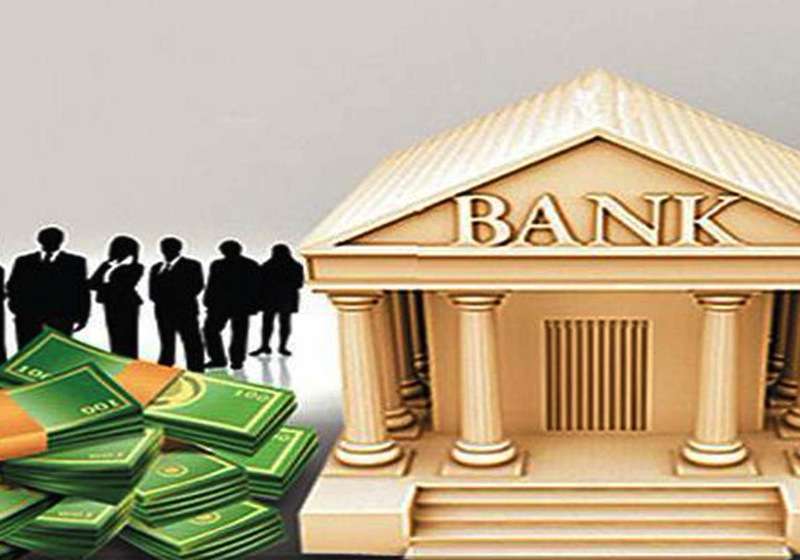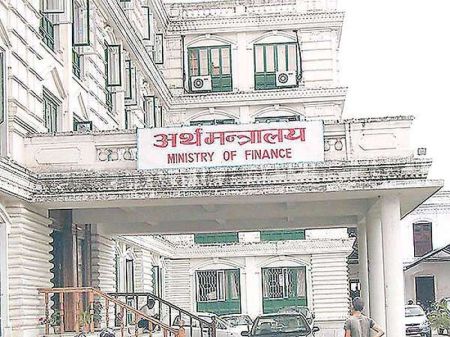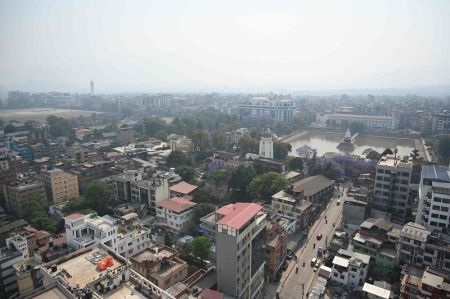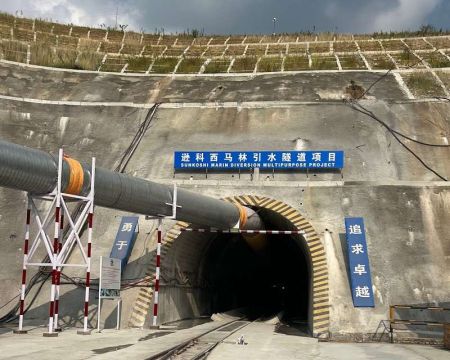April 5: Bank deposits have been continuously rising due to the increase in inflow of remittances. However, loan disbursement is yet to increase compared to deposit collection. Banks have been reducing interest rates but have not been able to expand credit flow to the private sector due to the slump in economic activities.
The Current Macroeconomic and Financial Situation Report based on eight months of data of the current fiscal year published by Nepal Rastra Bank on Thursday pointed out that the expansion of credit flow to the private sector has not increased despite the improvement in remittance inflow and the increase in bank deposits, primarily due to the lack of economic activities.
As of mid-March of the current fiscal year, deposits of banks and financial institutions increased by Rs 435.87 billion (7.6 percent), while loans to the private sector increased by Rs 199.50 billion (4.2 percent). In a one month period from mid-February to mid-March, bank loans increased by only Rs 2 billion.
Nepal Rastra Bank had announced the monetary policy with the target of expanding credit flow by 11.5 percent in the current fiscal year. However, even half of the target of credit expansion has not been met.
On Monday, the National Statistics Office released data showing that the growth of the productive sector was negative even though the gross domestic product increased by 4 percent in the second quarter of the current fiscal year. Similarly, it is mentioned in the report that there has been only 0.5 percent increase in wholesale and retail trade.
Sector-wise, wholesale and retail trade is the sector where banks and financial institutions provide the most loans. However, with the recent decline in market demand, there is a decline in import, export and industrial production. Bankers say that there is no demand for loans due to this reason.
Sunil KC, president of Nepal Bankers Association, said that although the interest rate is decreasing with the increase in bank deposits, the demand for loans has not increased. "The banks’ interest rate has been decreasing for the past few months," he said, "But the demand for loans has not increased."
According to Nepal Rastra Bank, the average interest rate of deposits has dropped to 6.74 percent in mid-February to mid-March. During the corresponding period of last fiscal year, this interest rate was 8.37 percent. Similarly, the base rate of banks, which was 10.64 percent in February of last fiscal year, has also dropped to 8.77 percent this February. With the decrease in the base rate, the average interest rate of loans has dropped to 10.78 percent in mid-February to mid-March. A year ago, the average interest rate on loans had reached 13.03 percent.
Banks have investable capital of more than Rs 650 due to the lack of expansion of loans compared to the increase in deposits.
Even though the central bank has continuously mopped liquidity through standing deposit facilities and deposit collection tools, it has not been able to maintain the interbank interest rate within the target of the interest rate corridor.
Steady growth in remittances
The remittance inflow to Nepal has surpassed Rs 100 billion for the 16th consecutive month. According to the latest macroeconomic report from the Nepal Rastra Bank, Nepal received Rs 122.2 billion in remittances in the eighth month (Falgun) of the current fiscal year. According to the NRB, Nepal has received Rs 961.22 billion in remittances in the first eight months of the current fiscal year. The remittance inflow to the country has surged by 21 percent in this fiscal compared to a 25.3 percent increment during the same period of the last fiscal. The remittance inflow in US dollars stood at 7.24 billion, which is 18.8 percent more than the same period of the previous year.
With the increase in remittances, the current account, balance of payments and foreign exchange reserves have become stronger. In February, the current account is in surplus of Rs 166.87 billion. The balance of payments is in a surplus of Rs 327.55 billion. Foreign exchange reserves reached Rs 1872.82 billion as of mid-March. According to Nepal Rastra Bank, consumer price inflation has moderated to 4.82 percent in mid-March.






















